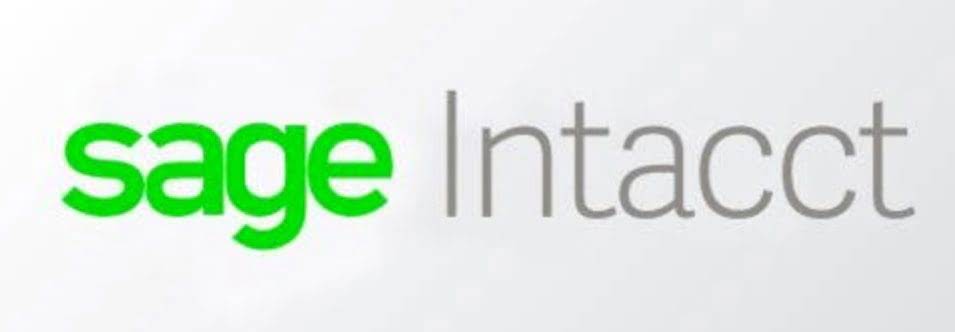
Learn to keep customers happy with fast, accurate, and reliable fulfillment. They’re called stock cards because they used to be physical cards with handwritten updates and notations. Stock cards track the inventory level of a product, its unit price, and the value of your entire stock.
Inventory management tools

Minimum order quantity (MOQ) is the lowest set amount of stock that suppliers are willing to sell. If you can’t purchase the MOQ of a specific product, then you won’t be able to buy it from that supplier. Here are several policies you should put in place to ensure the efficient and accurate management of your inventory. Safety stock is the extra inventory you order beyond your expected demand. While over-ordering is never advisable, it is useful to have a few more units than you expect you’ll need, especially if you anticipate that item will continue to be a hot seller.
Omni-channel Inventory Management
The method allows companies to save significant amounts of money and reduce waste by keeping only the inventory they need to produce and sell products. This approach reduces storage and insurance costs, as well as the cost of liquidating or discarding excess inventory. For the most accurate data, consider using online store inventory perpetual inventory management software, as it is the best way to ensure the information you need is always at your fingertips. Inventory optimisation is applying a calculated approach to inventory management to keep costs and excess inventory low while improving customer satisfaction and fulfilment times.
Average Cost Method: Definition and Formula with Example – Investopedia
Average Cost Method: Definition and Formula with Example.
Posted: Tue, 27 Sep 2022 07:00:00 GMT [source]
Inventory Management Software
- This is especially important for brands looking to become a more customer-centric organization.
- For established businesses, demand forecasting should be based on historical sales data.
- If the answers are yes, chances are they probably have a good handle on their inventory management.
- ABC inventory management is one of the more advanced inventory management techniques out there, but putting in the work can have a huge payoff.
- Batch tracking is an inventory management technique that helps businesses track groups of similar items throughout the supply chain.
- This inventory management technique enables you to make informed decisions around budget allocation, marketing, and purchasing at the product level.
Second, you need a great relationship with dependable suppliers, as it relies on a very short production and fulfillment cycle. The pros are lower per-unit shipping costs by doing it all in one go, and capitalizing on those staple products with consistent demand and a long shelf life. The inventory management strategies you use will depend on your company’s business model. Inventory management oversees stock levels, manages orders, and forecasts demand to optimize business operations.
See how we can help with your fulfillment needs.
- Inventory management is important because it directly impacts how profitably a business operates on any given day.
- To help you get the right amount of inventory to the right place at the right time, leverage AI technology throughout the various steps of the inventory management process.
- Inventory management focuses on the overall control and optimization of inventory levels, while order management is concerned with fulfilling customer orders.
- Bulk shipments is a cost efficient method of shipping in which a business palletizes inventory to ship more at once.
- The result is better coordination, faster response times and improved efficiency.
Another way to harness this information is to create product displays and make visual merchandising decisions based on SKU data. If you’re a retail store with a small product catalog and turnover, you may be able to create SKUs by hand and on an as-needed basis. The easiest way to generate SKU numbers is through an inventory management system (IMS) or point of sale system (POS). Whether you’re an ecommerce website or brick-and-mortar store—with a massive inventory or limited stock—assigning SKU numbers to products will help you fulfill orders more efficiently. It’s important also account for lost or damaged items and product that’s used for sales or marketing purposes. The reorder point formula calculates the minimum amount of stock a business should have before reordering.

- Commonly used in product development companies, the planning phase uses waterfall method techniques but applies agile practices during execution.
- Finished products, or finished goods inventory, refers to the number of manufactured products in stock that are ready to sell.
- The goal is to reduce the amount of over-ordering and waste, lower the cost of storage, and maximize quantity discounts offered by vendors.
- It can also help you manage sudden changes in demand without sacrificing customer experience or product quality.
- You can use several informal methods such as guessing, or you can use quantitative methods such as past sales data analysis.
‘A’ items are high-priority with stringent control, ‘B’ are moderate, and ‘C’ have the most negligible financial impact. Economic Order Quantity (EOQ) and Minimum Order Quantity (MOQ) are foundational concepts in inventory management. Not only will it serve to improve performance, but it’s also useful for preventing theft with the help of product tracking and security.
- For example, if a user were to experience battery life problems, you can recall all the products in that batch without needing to touch any other batches.
- Intelligent, self-correcting AI will make inventory monitoring more accurate and reduce material waste.
- Various software features can make it easy to do things like create alerts when inventory drops below a certain level so you can reorder in time to avoid stocking out.
- Inventory management is not the most glamorous aspect of business, but it is critical to a business’s profitability and scalability.
- With each small victory, you’ll gain more confidence in your ability to wrangle your workload like a pro and become the master of your own time.
It’s loosely based on the Pareto principle – the concept that the majority of successes come from a minority of efforts. The remainder of inventory that doesn’t sell as much as A or B, generates the least revenue and is generally least valuable. It’s always worth discussing this with your accountant too as they may use a different inventory valuation method for your end-of-year accounts.

Keep the top-selling items in stock, and you’ll have made a great start at keeping your customers happy. First in, First out (FIFO) is an inventory costing technique https://www.bookstime.com/articles/trust-accounting-for-lawyers used to measure the value of inventory stock. In FIFO, the items purchased or produced first in a specific product line are the first to be sold to customers.
